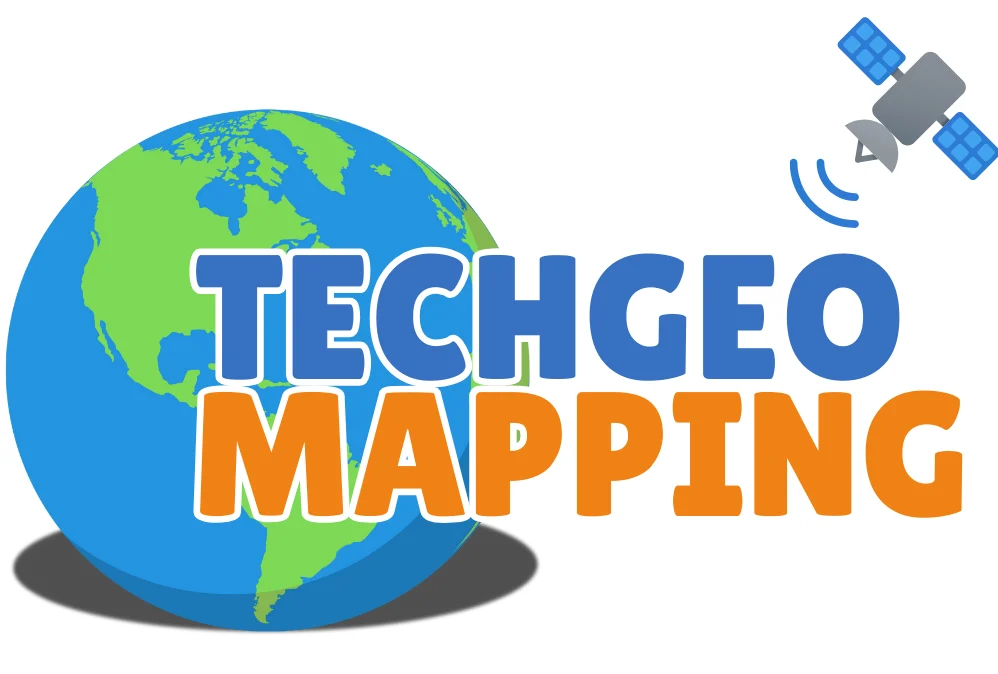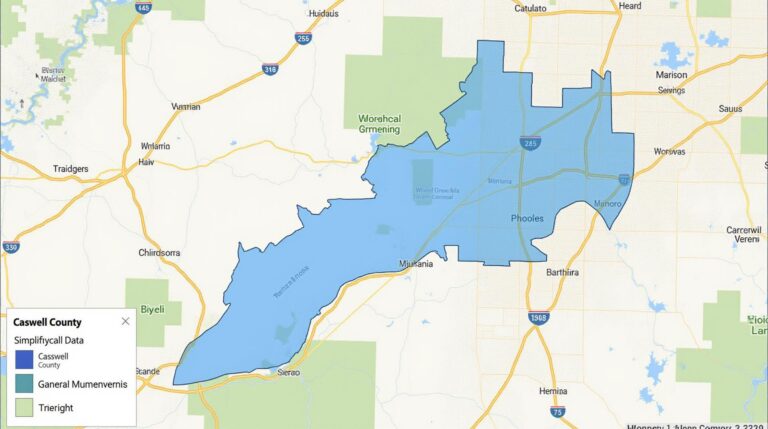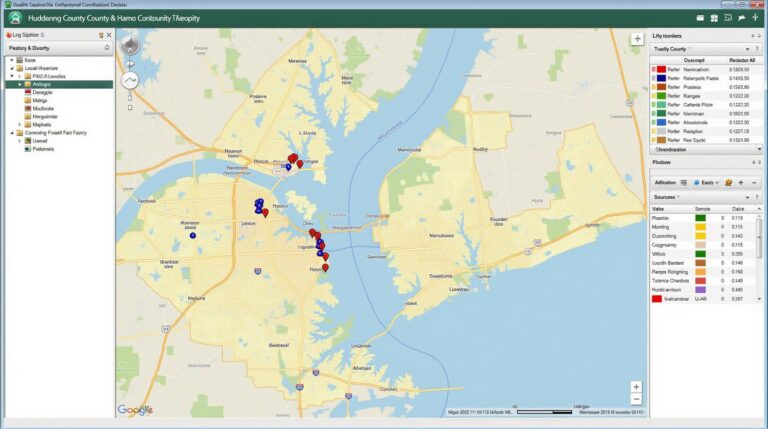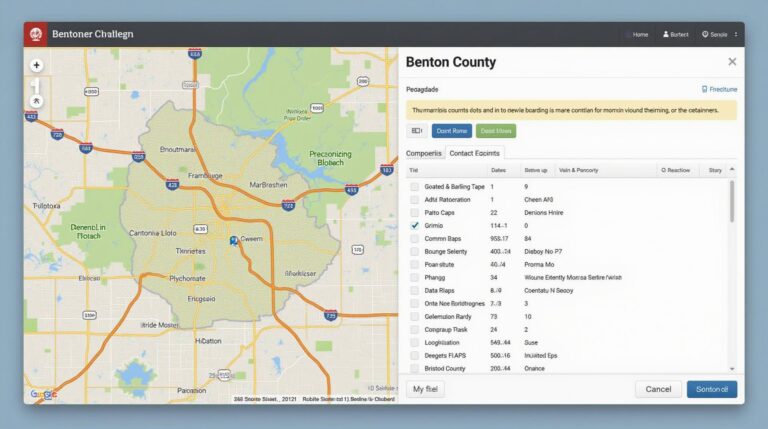Yuba County GIS: Mapping Made Simple
## Yuba County GIS: Mapping Made Simple
Navigating the complexities of modern government services can feel like a herculean task. Where do you start? How do you find the information you need? How do you even understand what it all means? For residents, businesses, and researchers in Yuba County, the answer is simple: **Yuba County GIS**.
What is Yuba County GIS?
Yuba County GIS (Geographic Information System) is much more than just a map; it’s a dynamic collection of data and tools that empowers users to understand and interact with their environment. It allows everyone, from the average homeowner to the industry expert, to visualize maps, analyze spatial relationships, and gain valuable insights concerning the county’s land, infrastructure, resources, and demographics. Yuba County GIS represents a comprehensive and efficient way to access vital information within the county.
Key Features and Benefits of Yuba County GIS
This resource offers a plethora of value with features ranging from well-organized maps to detailed datasets for various applications:
– **Interactive Maps:** Explore the Yuba County landscape with interactive maps that zoom, pan, and highlight crucial locations, buildings, natural features, and more.
– **Address Mapping and Data Services:** Easily locate addresses, property boundaries, and other important geographical information with dedicated search tools and layers.
– **Land Use and Parcel Information:** Gain insights into land use changes, zoning regulations, development projects, and the geographical footprint of various properties.
– **Environmental Resources:** Look into the county’s environmental footprint by exploring data on forests, water resources, parks, and sensitive areas.
– **Public Service Information:** Access information on public services, including roads, libraries, parks, police stations, and public transit lines, through the Yuba County GIS.
The benefits of Yuba County GIS extend far beyond personal interests. Businesses can analyze estimated delivery routes, plan construction projects, or identify retail areas with high customer foot traffic. Researchers can study historical land changes, track population density, or model environmental impacts. The applications are boundless.
Accessing Yuba County GIS: Resources for the Community
The Yuba County GIS is readily accessible to residents, businesses, and researchers alike. Fortunately, the relevant platforms and applications make information easily available:
– **Yuba County GIS Web Portal:** The official and core platform allows users to explore detailed GIS data, maps, and geospatial services through the official website.
– **Yuba County GIS Data Download:** A tool for a user-friendly interface where data can be downloaded directly via a user-friendly library of options.
– **Mobile Applications:** Several apps and mobile solutions streamline access to Yuba County GIS content as users need it.
These resources offer datasets for downloading to desktop or mobile devices, empowering individuals with an array of data for their own needs.
Building Future with Yuba County GIS
Yuba County GIS is a dynamic platform dedicated to expanding usage among the public. Their website is often updated with recent information on county initiatives, data layers, and upcoming events.
For anyone in Yuba County, Yuba County GIS provides a valuable tool for understanding the county’s present and future. As the county evolves with development, environmental concerns, and other issues, this resource helps residents, businesses, and researchers navigate the challenges and embrace collaborative solutions.
The Yuba County GIS website is the gateway to understanding the landscape of Yuba County, making it an indispensable resource for all levels of community involvement, no matter where on this beautiful region your search takes you.
## Frequently Asked Questions: Yuba-County GIS
What is the purpose of Yuba-County GIS?
Yuba-County GIS is an online geospatial platform providing access to data and services related to our county’s land, resources, and infrastructure. This information helps us improve communication and decision-making across the county, leading to better planning and resource management.
How can I access GIS data?
- Our open data portal (https://gis.yubacounty.org/arcgis/home) provides various datasets for download in common formats like Shapefile, GeoJSON, and KMZ.
- Specialized datasets and services are available directly through our departments, such as planning, parks and recreation, or public works. Contact them for information on data requests specific to those departments.
What types of GIS data are available?
- Land features: Boundaries, parcels, water bodies, and soil types are available.
- Infrastructure: Roads, pipelines, power lines, and sewers are mapped.
- Community Services: Schools, libraries, hospitals, parks, and recreation facilities are documented.
- Demographic Data: Population density, economic areas, and housing information.
What formats are supported for data downloads?
Our platform supports standard open data formats:
- Shapefile (.shp)
- GeoJSON (.geojson)
- KMZ (.kmz)
- Other: JPEG (.jpg), PNG (.png), and TIFF (.tif)
Can I request custom data downloads?
Yes! Contact our GIS department to request access to custom datasets. With this data, you can create map layers, analyze spatial trends, and generate reports specific to your area of interest.
How can I learn more about using GIS data?
Numerous publications, training materials, and resources are available on our knowledge portal. Browse through these resources to understand data usage and enhance your spatial analysis skills.
Why are GIS data important for Yuba-County?
GIS data informs various county activities, ensuring efficient resource management, urban planning, and improved service delivery. This allows us to:
- Monitor resource availability and understand natural hazards.
- Enhance infrastructure planning and manage growth.
- Provide better response times in emergencies.
- Improve public access to information and services.
**”Use GIS data to identify efficient distribution networks for water and power, optimize delivery options, and analyze public health risk corridors.”**
This simple usage example suggests actionable insights.







